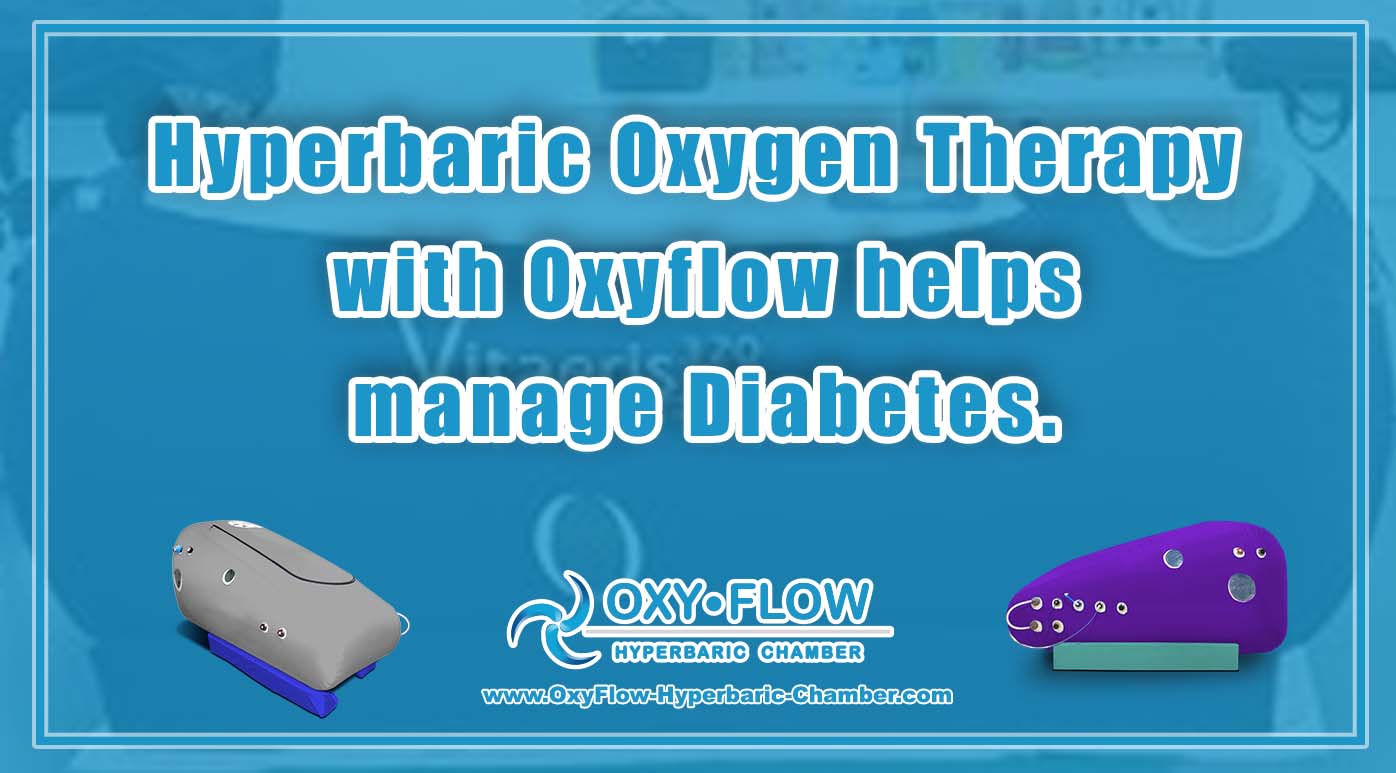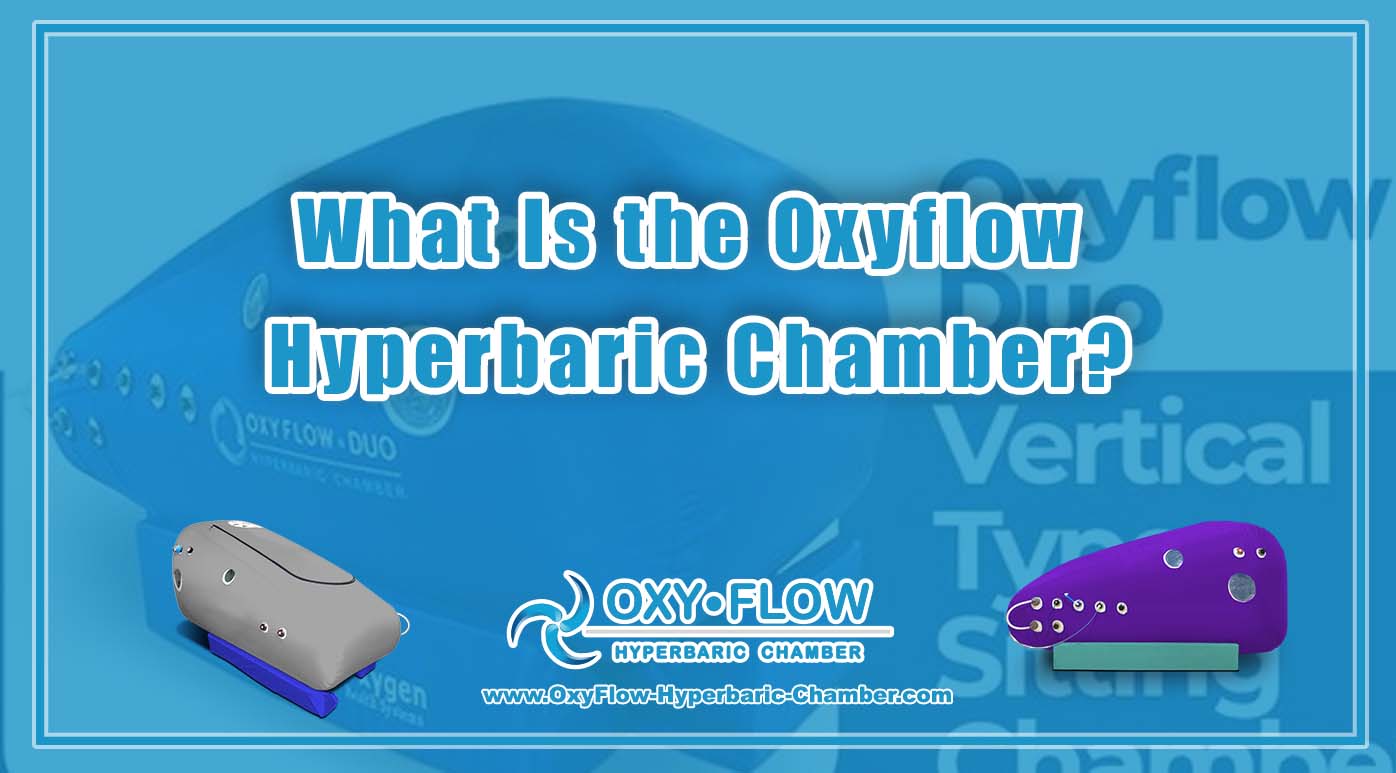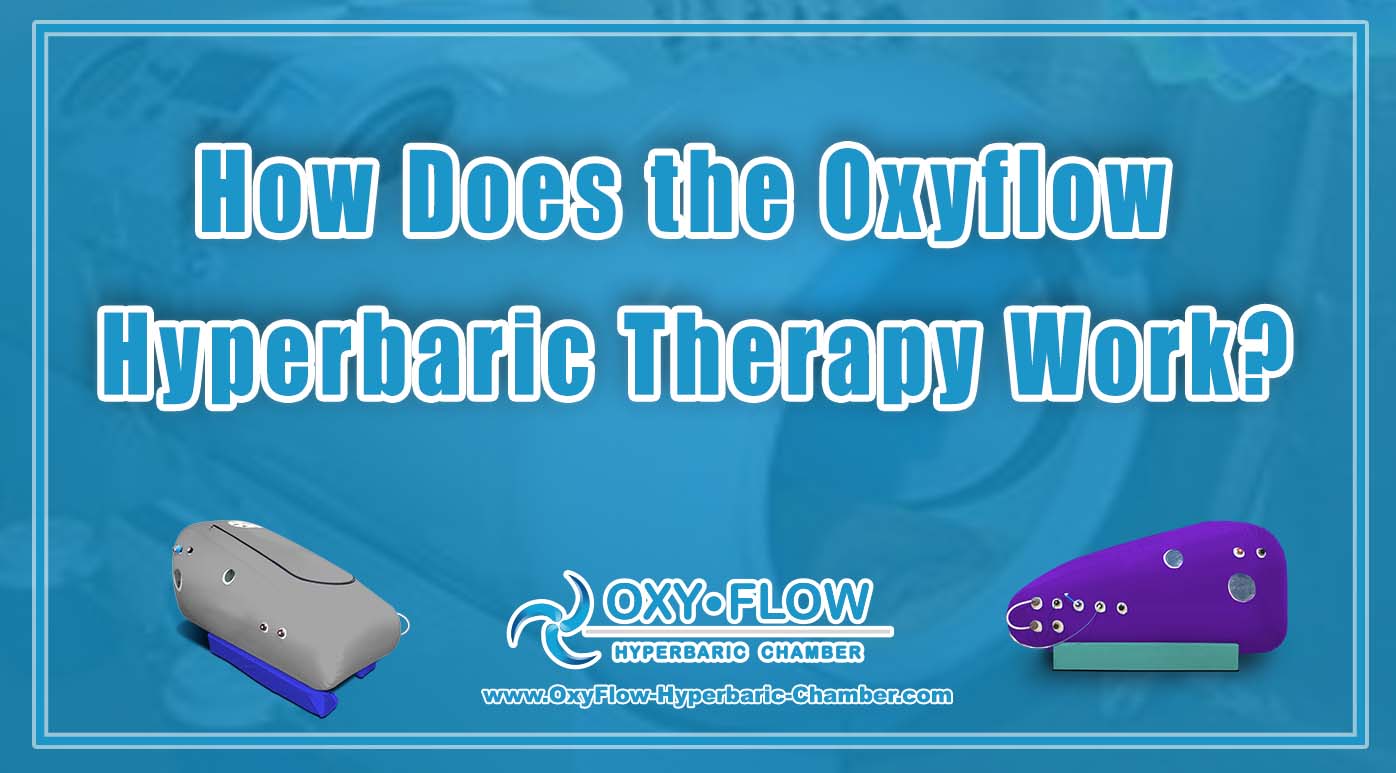
Hyperbaric Oxygen Therapy with Oxyflow helps manage Diabetes.
Hyperbaric Oxygen Therapy with Oxyflow helps manage Diabetes.

Introduction.
Diabetes is a prevalent and complex medical condition that affects millions of Americans. The quest for effective treatments to manage diabetes and its complications continues. Hyperbaric Oxygen Therapy (HBOT) in the Oxyflow chamber is emerging as a potential therapy to support diabetes management. In this article, we explore the question: Can Hyperbaric Oxygen Therapy with Oxyflow help manage diabetes?
Understanding Diabetes.
Before we delve into the role of HBOT, it’s essential to understand the nature of diabetes and its impact on individuals.
What Is Diabetes?
Diabetes is a chronic metabolic disorder characterized by high blood sugar levels (hyperglycemia). There are two primary types of diabetes:
- Type 1 Diabetes: An autoimmune condition where the body’s immune system attacks and destroys insulin-producing cells in the pancreas.
- Type 2 Diabetes: A condition in which the body becomes resistant to insulin or doesn’t produce enough insulin to regulate blood sugar effectively.
Complications of Diabetes.
Untreated or poorly managed diabetes can lead to various complications, including cardiovascular disease, neuropathy, kidney disease, and vision problems.
Hyperbaric Oxygen Therapy (HBOT).
HBOT involves breathing pure oxygen in a pressurized chamber, which allows the body to absorb higher levels of oxygen. The potential benefits of HBOT include improved tissue healing, reduced inflammation, and enhanced circulation.
How HBOT May Benefit Diabetes.
While research is ongoing, some suggest that HBOT may have potential benefits for individuals with diabetes, including:
- Improved wound healing, which is crucial for individuals with diabetic ulcers.
- Reduced inflammation, may help alleviate some diabetes-related complications.
- Enhanced circulation, potentially aiding in the delivery of nutrients and oxygen to tissues.
Evaluating the Evidence.
It’s essential to consider the available evidence when assessing the effectiveness of HBOT for diabetes management.
Research and Clinical Studies.
Scientific research on the use of HBOT for diabetes is ongoing. While some studies suggest potential benefits, more extensive research is needed to establish clear guidelines for its use in diabetes treatment.
Individual Responses.
It’s important to recognize that individual responses to HBOT can vary. Some individuals with diabetes may experience positive outcomes, while others may not see significant improvements.
Consultation with Healthcare Professionals.
Before considering HBOT for diabetes management, it’s crucial to consult with a qualified healthcare provider knowledgeable about both diabetes and hyperbaric oxygen therapy. They can assess your specific situation and provide personalized guidance.
Conclusion.
Hyperbaric Oxygen Therapy with Oxyflow is an area of exploration for managing diabetes and its complications. While there is some evidence to suggest potential benefits, its effectiveness varies among individuals, and further research is needed. Consultation with a healthcare professional experienced in both diabetes management and HBOT is essential for making informed decisions about treatment options.
Disclaimer.
This blog post is for informational purposes only and should not be considered medical advice. Consult with a healthcare professional for personalized guidance on the treatment of diabetes and the use of hyperbaric oxygen therapy.


